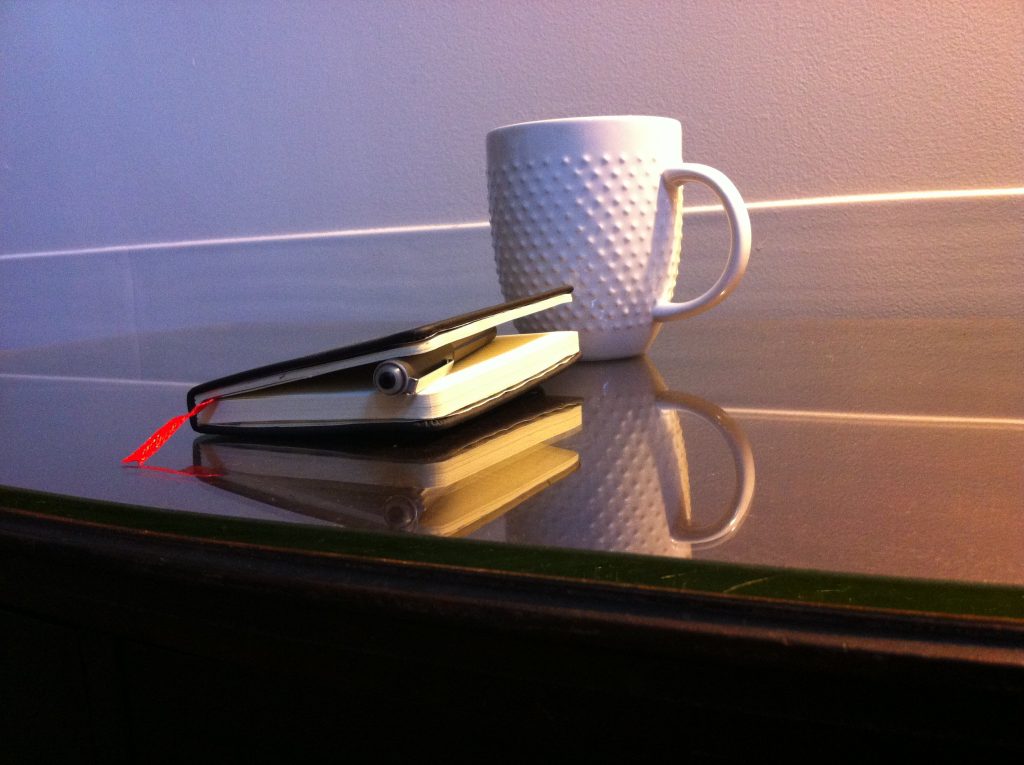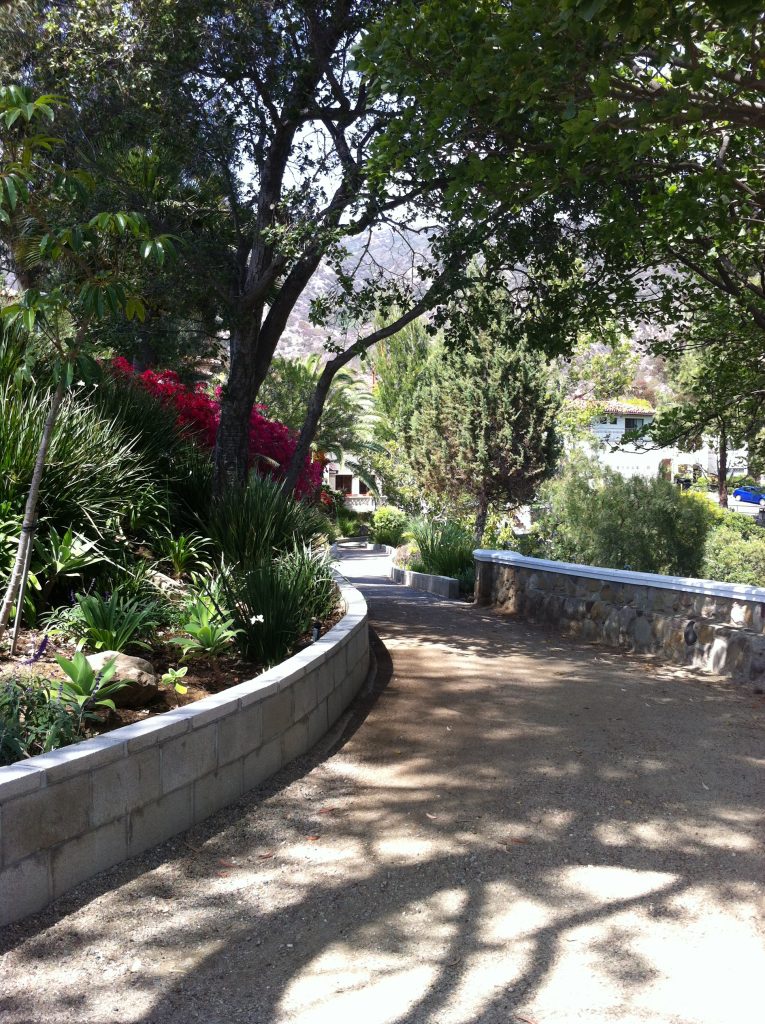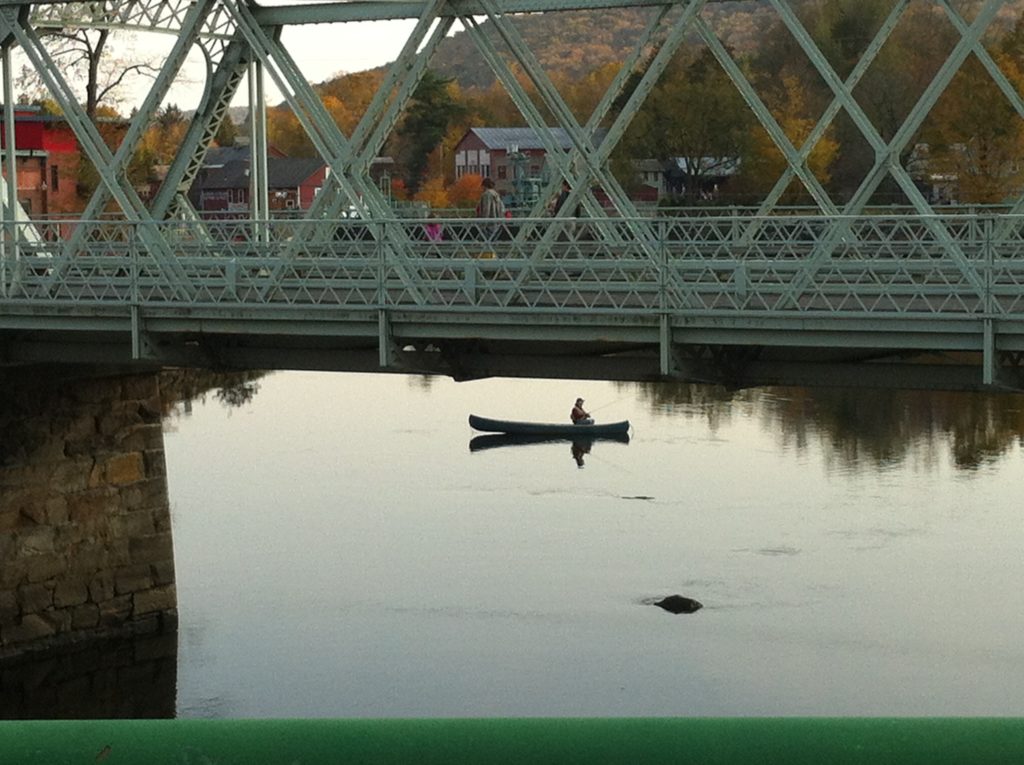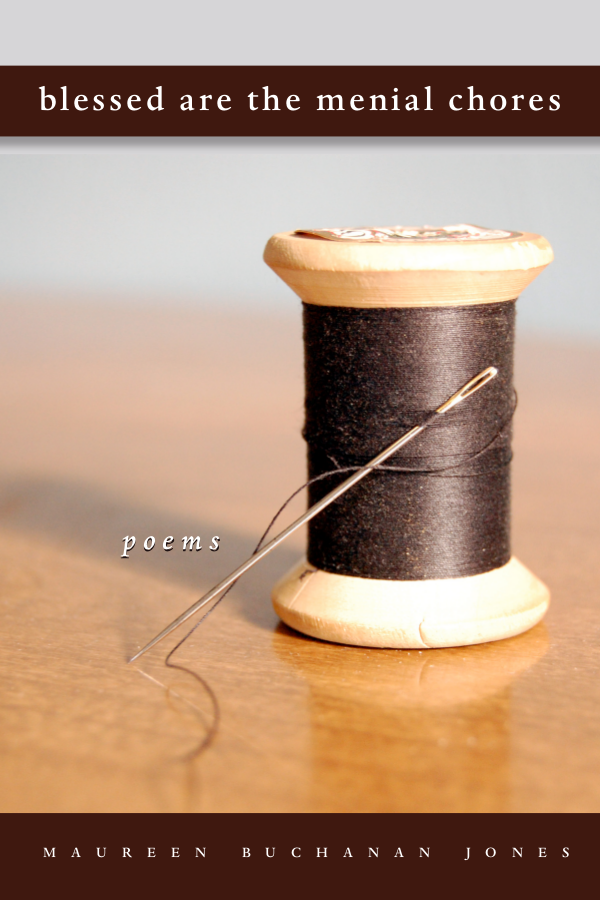
What exactly is plot anyway? We know it when we see it, and we follow it when it’s put before us, but how do we write it? literaryterms.net defines plot as . . . the sequence of events that make up a story, whether it’s told, written, filmed, or sung. The plot is the story, and more specifically, how the story develops, unfolds, and moves in time. Plots are typically made up of five main elements: Exposition, Rising Action, Climax, Falling Action, and Resolution/Denoument. OK great. But as writers, how do we create these elements, how do we set about imbuing our narratives with the right doses of each to create an identifiable plot that our characters can embody? The thing is, we can go at it from the outside, and we can go at it from the inside. Or both. Essentially, everything is about plot: How The Story Develops, Unfolds, And Moves In Time. It’s that word HOW that sets us free of the formula. Keep asking how and let your pen find its way into the answer both obvious and subtle.
Several weeks ago, I offered photos as a writing prompt. Paul Rozario-Falcone, a workshop member, chose the photo below. In response, he wrote the following essay, which is not only brilliant, but gets to one kind of How in a most intriguing way. Thank you, Paul, for letting me share this beautiful piece of thought-provoking writing! Paul is an AWA workshop leader residing in Manhattan and Singapore. To write with Paul contact him at: paul@safespacestories.com Here is Paul’s essay:
A lot of good story is about oppositions. For example, appearances being deceiving, or still waters running deep, things the readers know versus things the characters know. I call these oppositions in the sense that one object is at odds or opposes the other. Contrast is opposition, light versus dark, open field versus shady bank, an opposing coastline, too. Neighbouring towns, warring lands. Opposition in story sets up a perspective through which action can take place. And action and behaviour can and should then over the course of the narrative change the opposition, either resolving it or dissolving it, or creating new opposition.
How does a writer use opposition to create a good story? It can be as simple as starting with a woman walking on a bridge in one direction and a man rowing in the river beneath her headed in the other direction, the opposite direction. Such physical and motional opposition in space and time, both spatial and temporal between the woman and the man, can beg questions such as: Do they see each other? Does one look down at the precise moment the other looks up? Do they see each other at a particular point in their paths? At which point? At the halfway point on the bridge and the river? Or at either ends? And will their meeting have any continued opposition in a different form?
As I write, I realise that the above scenarios represent ways in which oppositions dissolve and resolve. The meeting between the two characters, for example, can be seen as a resolving and dissolving of the opposition. But if you, as the writer, choose to keep these two characters — this woman on a bridge walking one way and the man in a boat rowing the other way below her in the river — if you choose to keep them separated throughout the story, the proverbial never the twain shall meet — if so, then what are you saying about these characters, their lives, the paths on which they are travelling? Do they really never meet? For consider also that the bridge and river may connect just two places: the place from which the woman is walking (the place from which she comes) is the same place to which the man is rowing (the place to which he goes). So, in physical space the woman is walking from a past that is the same future the man is rowing toward — another opposition. And of course, walking and rowing can also be set up as oppositions. So, you, the writer, can see the rich possibilities inherent in something as simple as walking and rowing, a bridge over a river, a woman and a man.
Paul Rozario-Falcone November 4, 2019
Upcoming Events
February Retreat Malibu, California: February 3 – 6, 2020

Serra Retreat Center overlooking Malibu Bay with tiled fountains, and hidden gardens offer the perfect winter getaway and a place to wander into your writing. All writers welcome, no matter the genre or experience level. Please join me this February! https://www.writingfulltilt.com/retreats/
Online Weekly Workshops: Monday Evenings eight weeks beginning January 6, 2020. https://www.writingfulltilt.com/online-workshop/
Weekly Workshops Amherst, Massachusetts: Thursday Evenings & Friday Mornings, ten weeks beginning December 5 & 6, 2019 https://www.writingfulltilt.com/workshops/
August Retreat Hawley, Massachusetts: August 9 – 12, 2020 Four days of writing bliss. The setting is perfect for allowing your writing to emerge! https://www.writingfulltilt.com/retreats/
Prompt Photo


